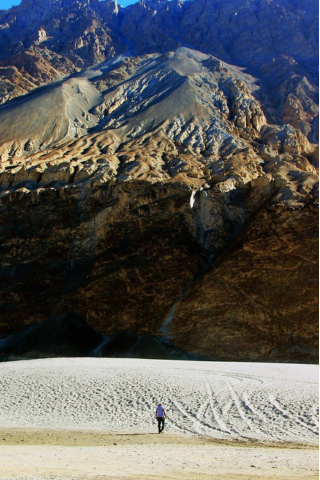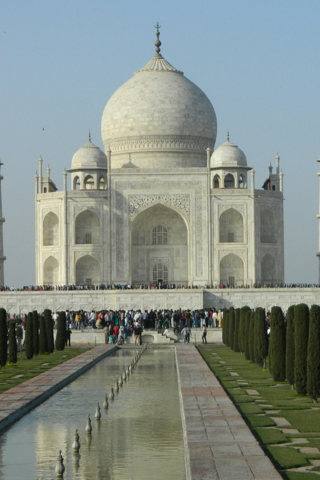
Packages

Ladakh
Go to the top
Ladakh is most famous for breathtaking landscapes, the crystal clear skies, the highest mountain passes, thrilling adventure activities, Buddhist Monasteries and festivals. Not only is it the only place in India where the graceful Double Hump camels found, but it is also the place where you will find the Magnetic Hill, the one-of-a-kind phenomena that defies gravity.
The largest town in Ladakh is Leh, followed by Kargil, each of which headquarters a district. The Leh district contains the Indus, Shyok and Nubra river valleys. The Kargil district contains the Suru, Dras and Zanskar river valleys. The main populated regions are the river valleys, but the mountain slopes also support pastoral Changpa nomads

Taj Mahal
Proof Of Love
Agra's notable historical period began during Sikandar Lodi's reign, but the golden age of the city began with the Mughals. Agra was the foremost city of the Indian subcontinent and the capital of the Mughal Empire unde r Mughal emperors Babur, Humayun, Akbar, Jahangir and Shah Jahan.
The Taj Mahal was designated as a UNESCO World Heritage Site in 1983 for being "the jewel of Muslim art in India and one of the universally admired masterpieces of the world's heritage". It is regarded by many as the best example of Mughal architecture and a symbol of India's rich history.

Tungnath temple
Best ritual temple
Tungnath (IAST:tuņgnāth) is one of the highest Shiva temples in the world and is the highest of the five Panch Kedar temples located in the Rudraprayag district, in the Indian state of Uttarakhand. The Tungnath (literal meaning: Lord of the peaks) mountains form the Mandakini and Alaknanda river valleys. It is located at an altitude of 3,690 m (12,106 ft), and just below the peak of Chandrashila. It has a rich legend linked to the Pandavas, heroes of the Mahabharata epic
What We Cover
© All Rights reserved to Chalosarthi
Developed By Watermobi.com


